 If you want people from your social media to support your nonprofit’s activities, you need a nonprofit social media plan.
If you want people from your social media to support your nonprofit’s activities, you need a nonprofit social media plan.
You already know this: In the nonprofit realm, social media is life.
It’s the easiest, most effective, and most direct way to talk with your followers, educate those who may not know you yet, and most importantly – gain and ask for support for your mission.
Contrary to popular belief, successful social media accounts are not run off-the-cuff!
The most successful social media presences (nonprofit and otherwise) are in fact the result of a strong nonprofit social media plan!
Yes, there will always be times when spur-of-the-moment posts are best. That’s what keeps things fun and engaging!
But before, during, and after the fun, your message and the voice of your organization need to shine through.
The best way to make sure you’re saying the right things at the right times is to create and use a nonprofit social media plan.
Debunking the Myth
If you’re like most nonprofit leaders, you’re thinking to yourself, “Plan? She wants me to PLAN? I’m too busy for this!”
Believe me, I hear you.
AND, if you’re like most nonprofit leaders, you’re very likely doing one or all of these things:
- Spending quite a bit of time scrambling to keep your social presence active
- Posting in reactive mode and mostly posting pleas for help
- Blasting a lot of posts in one short period of time when you happen to be at your computer then going days (or weeks) without posting anything else
What would you say if I told you that every moment you spend creating a social media plan now is countless hours of your life you’ll save later?
The key is to work smarter, not harder.
In fact, I would go so far as to say that creating a social media plan for your nonprofit is an act of self-care!
Creating a nonprofit social media plan sounds like such a daunting task, doesn’t it? But, don’t be fooled!
It’s very simple to get started and before you know it, social media planning will become second nature to you.
Then, you’ll see your online following grow and grow.
Step 1. Sketch Out a Social Media Editorial Calendar
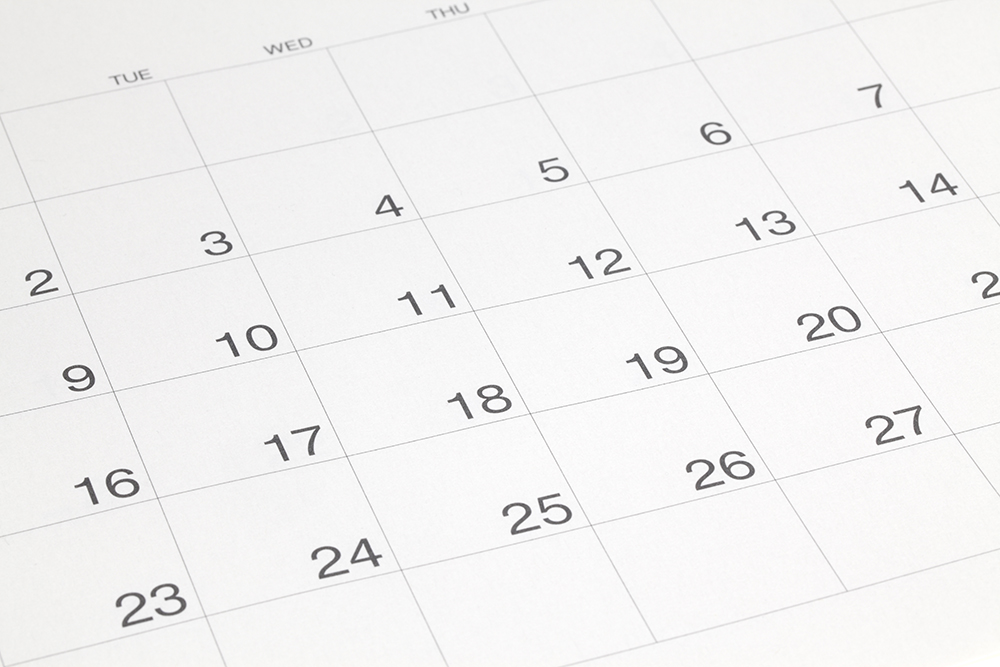 In order to plan out your social media, you first need to create an editorial calendar.
In order to plan out your social media, you first need to create an editorial calendar.
Don’t let this term scare you.
An editorial calendar is basically a content map or a guide that helps you outline your nonprofit’s content (newsletters, social media, blog articles, etc.) for the year.
Creating your editorial calendar doesn’t have to be a complicated or overwhelming task.
You can start with just a spreadsheet or even a wall calendar.
As long as you can list months and dates for the entire year with places to plug in social media activities, you’re golden.
Here’s how to outline the social media aspect of your editorial calendar (i.e. your social media editorial calendar):
- Make note of ALL national holidays, especially days that most people are off work, and fill those holidays in on your calendar.
- Schedule in any predicted online giving dates. Does your state participate in a nonprofit giving day? What about Giving Tuesday – are you participating in that or any other nonprofit social media initiatives? What about year-end appeals? When planning to post about these, make sure you’re building scheduled posts into your social media editorial calendar to “tease” the event in the days or weeks leading up to it and getting your donors ready to give!
- Schedule in any organization events. Volunteer appreciation, open houses, etc., should all be included in your social media editorial calendar so they can be integrated into your plan. Social media isn’t just about fundraising!
- Scan online for a quick listing of offbeat holidays. Sometimes, unique or cause-specific holidays can be perfect for your social media. Find the ones that mean something to your organization or that tie into the work you’re doing and the people or animals you’re serving. Schedule those posts then wait for the fun! Here are a couple quick resources for offbeat holidays and observances:
Here’s a good example. Old Friends Senior Dog Sanctuary ties together National Lazy Day and National Dog Month for a special twist to highlight their “old geezers”:
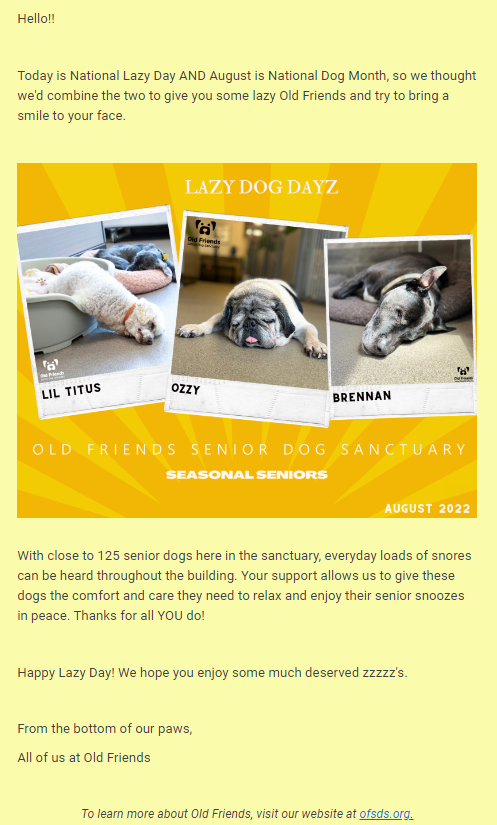
Once you’ve filled in all dates that you want to recognize, it’s time to fill in the gaps and think about content you want to purposefully share.
Whether your content is original (you’ve created it yourself) or shared from someone else, the goal is always to get your followers to interact and have a conversation with you.
Step 2. Figure Out Your Audience’s Interests
When planning content for your social media platforms, think first about your audience.
After all, we’re talking about SOCIAL media here.
Remember that they’re following YOU because they’re curious about the work you’re doing.
Before you post, think about what THEY want to know. What are they interested in?
Here’s a hint: They want the inside scoop on what it takes to save bears or tutor kids or help veterans who are homeless.
Whatever it is you’re doing, your content needs to talk about it and show it.
Saving bears? Great! Write some great posts about bears and little-known-facts.
Children? Write something that tells us why they need your work.
Veterans? Talk about the impact of your work on their lives.
Photos and video will help your passion come through.
Our friends at EPIC Outreach do a GREAT job telling their story on Facebook using photos and video.
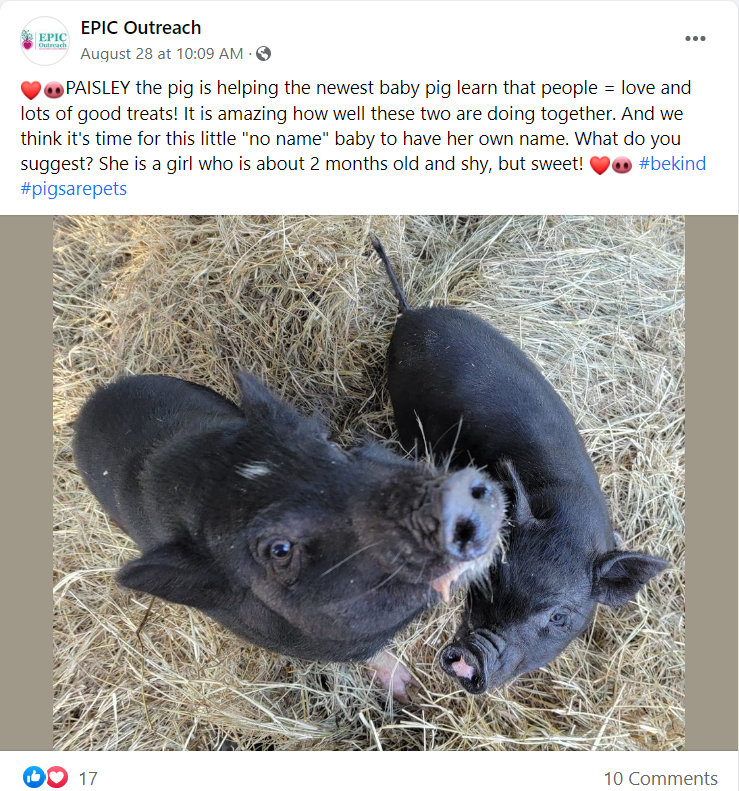
Don’t just share what YOU think is interesting.
Think of the typical person following you on social media and think about what SHE is interested in.
The truth is this: if you share things that bore her, she’ll stop following you. If you share things that interest her, she’ll engage with you – liking your posts, commenting, and sharing.
It’s a pretty easy choice, right? It just takes knowing your audience.
Step 3. Mix Up the Content
Now that you’ve figured out what your audience wants, it’s time to plan your content.
Not sure what to post? Here’s a handy guide.
In creating a social media plan, every single post you make on any social media platform should serve one of the following purposes:
Any of these goals can be accomplished with original or shared content, videos, memes, and photos.
Original Content
Every social media platform needs some original content – articles, videos, and images that were written or created by someone in your organization.
This content can be serious (state of the organization, plea for help) or it can be lighthearted (Volunteer of the Month, Feature Friday, Thank You Donors).
What’s most important is that this content speaks in the voice of your organization about things that matter to your followers.
When planning original content, look to your calendar for inspiration.
Are there any written pieces that could accompany a given holiday? Examples: an article about breast cancer during Breast Cancer Awareness Month, facts about cancer, historical pieces to commemorate a certain day, etc.
Also, think about the time of year and how that impacts your program work.
In the Summer, write about helping your dog handle the heat or how kids who are on free/reduced lunch at school are struggling for food now that school’s out.
Video
 Video is king! On almost all platforms, video on social media is the best, fastest, and most engaging way to get your followers’ attention.
Video is king! On almost all platforms, video on social media is the best, fastest, and most engaging way to get your followers’ attention.
So post videos!
Post Live videos whenever you have something exciting to share or a donor to thank or an animal or person you’re highlighting.
Here are some tips to create great videos:
- Uploaded videos should be anywhere from 1-3 minutes in length. Studies show that most people pay attention to the first 15 seconds before their minds start to wander, so you may want to experiment with different opening styles to grab your viewer early and keep them interested.
- Live videos get more attention and, consequently, quite often more interaction. Live videos have NO TIME LIMIT. Sometimes, the longer the better because people will be joining in late to watch. Live videos usually send a notification to your social following to let them know to tune in. When doing a live video, remember to repeatedly tell people where you are and what you’re doing. Again, viewers will join and drop off, so make sure everyone knows what they’re watching (and why).
- Hold the camera steady or use a tripod. Nothing is worse than a video that makes your viewers motion sick.
- Lighting and sound matter. If you need to, use an external mic. You can get a simple lapel mic on Amazon for about $20. It plus into your smart phone – easy peasy. Make sure the background noise is minimal, if possible. Shoot in natural daylight, if possible, and have the light shining on your face, not your back.
- Captions are great. Many people scroll their social feeds and don’t turn the sound on. Use captions so that your message is getting across to the sound muters.
- Share videos. If you’re wanting to give your followers an “Awwww” moment, share someone else’s funny or cute video. They’ve already done the work for you!
- Native videos are seen most. The term “native” means that the video is posted directly on your platform, not a link to YouTube or another video source. Links don’t get seen as often, so post the video directly to specific channels if you can.
I’ve got more tips on creating great videos along with some samples here.
Step 4. Decide On a Platform
If you’re like most nonprofit organizations, you might use a couple different social media platforms. And that’s fine.
People join these platforms for myriads of reasons, and once you know your audience, it’ll help you create more targeted content.
The key is to be strategic.
ONLY use the social media platforms where your target audience is.
You don’t have to be on every platform just because you think you’re supposed to. Here’s a bit about some of the most popular ones:
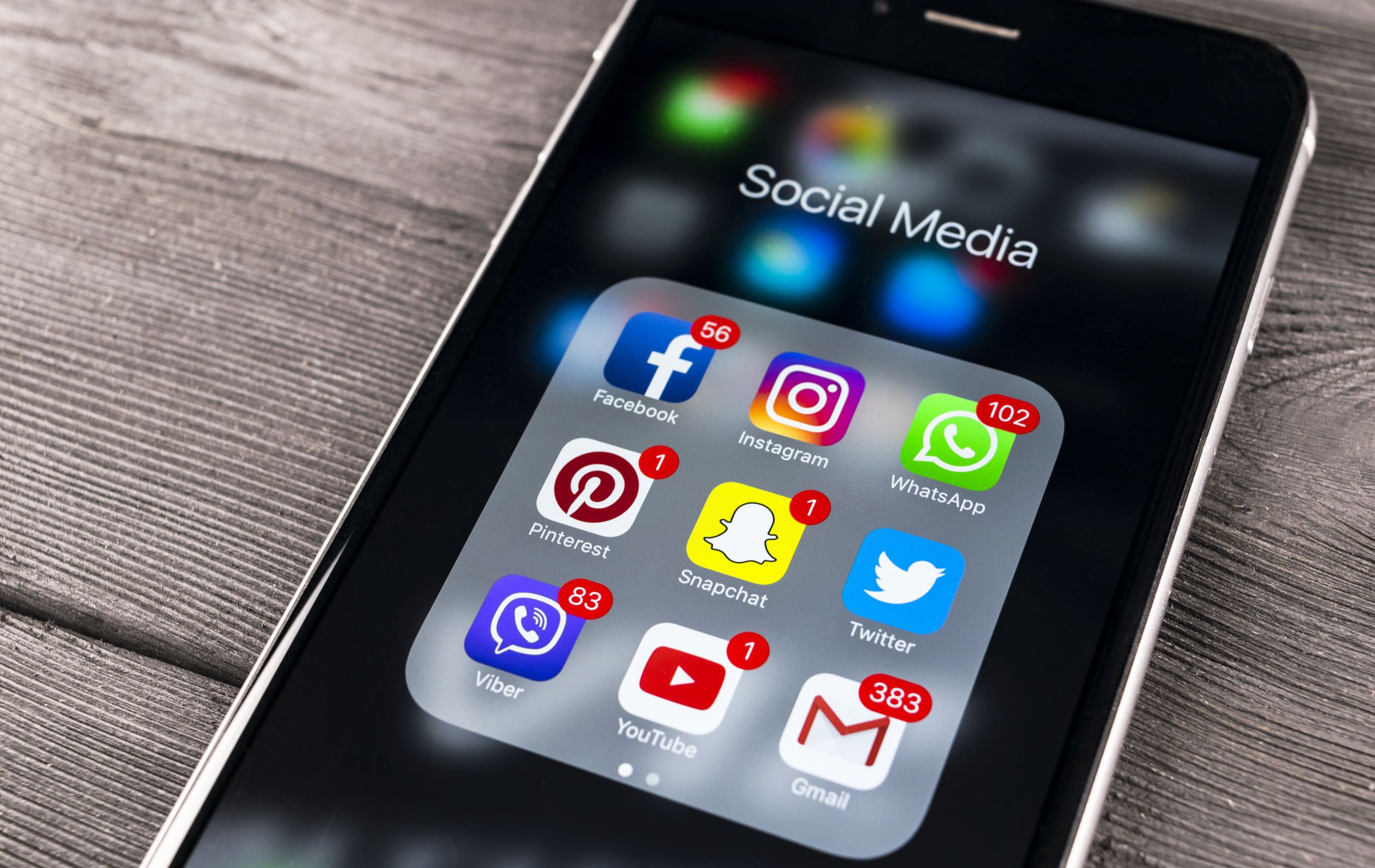 Facebook: Facebook is the most used social media platform for nonprofits, and about 25% of users are ages 25-34. While its popularity ebbs and flows with many users, the fact remains that it’s the best platform for telling your story to a wide audience. Facebook offers flexibility in content delivery so that you can tell a story and add photos. And Facebook Live videos will get a lot of attention for you.
Facebook: Facebook is the most used social media platform for nonprofits, and about 25% of users are ages 25-34. While its popularity ebbs and flows with many users, the fact remains that it’s the best platform for telling your story to a wide audience. Facebook offers flexibility in content delivery so that you can tell a story and add photos. And Facebook Live videos will get a lot of attention for you.- TikTok: This app took the world by storm a few years ago and continues to be the fastest growing social media platform. It specializes in short-form videos, typically set to music, and donation stickers can be added to these to help raise money. About 60% of users are ages 16-24, a generation that generally prefers to give via social media apps.
- Instagram: Instagram’s average user is 18-38 years old. This platform is all about posting beautiful and inspirational images with very few words. A perfect place to post stunning impact images of those you serve. The cool thing is you can “cross-post” across Facebook, TikTok, and Instagram – helping you reach a larger audience.
- Pinterest: Pinterest is very popular with women in the 30-55 year range. It’s great for sharing volunteer opportunities, “how to” info, or anything relating to animals or children.
- LinkedIn: LinkedIn is a professional platform where business people network. It’s a GREAT place to share volunteer opportunities and open houses, and even recruit staff or find consultants.
Just remember that you don’t “own” your audience on social media.
If you build a page or a following up to several thousand people, you could lose all those people if the platform closes tomorrow.
It probably won’t, but be prepared.
Ideally, you should build your social media platforms but also invite people back to your website to sign up on your email list. You OWN that.
Social media platforms can be great for fundraising, especially Facebook.
Just plan these out as best you can and think about what you’re posting in between the Asks so you don’t show up with your hand out all the time.
Step 5. Determine the Best Time to Post
While there is no hard and fast rule about how often you post, most social-savvy people agree that you should post every 1-3 days, and no more than 2-3 times per day.
It’s important not to blast too much on your social media within the same day, as your posts will get lost in the mix on people’s feeds and lose their impact.
There are exceptions to this rule if you’re, say, participating in a fundraising marathon or other event where hourly or occasional updates during the day make sense.
Pay attention to your platforms insights or analytics to see when traffic is highest and try to make your more powerful posts around those times.
Here’s something very important. Notice what your audience is responding to and interacting with.
Over a few months, patterns will emerge and you can tweak the timing of your posts if you need to.
ONE Big Goal for Your Nonprofit Social Media Plan
 Occasionally, it’s good to stop and think about WHY you’re on social media.
Occasionally, it’s good to stop and think about WHY you’re on social media.
And it’s not because everyone else is.
The goal for any nonprofit organization online is to build relationships with their supporters.
Social media is an excellent way to establish rapport and keep your followers up to date on the work you’re doing, the impact you’re having, and how they can help.
Plus, it gives you another place to connect with them.
You can reach some of your audience through social media when they don’t or won’t read your email.
You can also reach them online when they don’t open your letters in the mail.
So maintaining a presence on social media is a good idea.
Remember This…
Social media is always moving and changing so be ready to stay on top of things and be flexible.
Make sure you make space to post unplanned things, like an urgent need or an announcement.
Even the best-planned social media calendars leave blank space and room for spur-of-the-moment topics.
Say different things on different platforms too.
If someone is following you on Instagram and Facebook, don’t let them see the same thing posted twice.
Make sure your content varies from channel to channel!
For every Ask you publish, you should follow the 3:1 Ratio and post at least 3-4 informational and/or warm fuzzy pieces.
This could be a link to someone’s site or blog, or it can be original content.
The Bottom Line
 Carve out the time to create a nonprofit social media plan so you can stay in touch with your audience online.
Carve out the time to create a nonprofit social media plan so you can stay in touch with your audience online.
While planning does take time, it will pay for itself tenfold in the long run when you find you have the time to be hands-on in other important areas of your work.
Say it with me: Planning is SELF-CARE!
Spend the time to get things in order now so that you can enjoy the freedom and the results later.



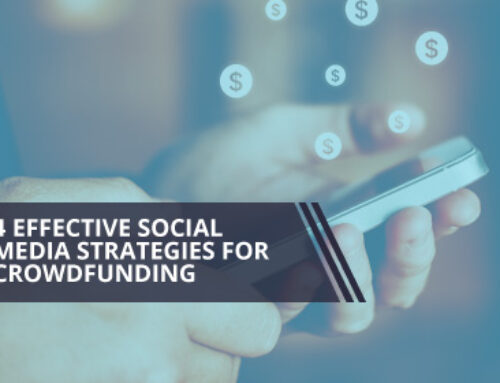
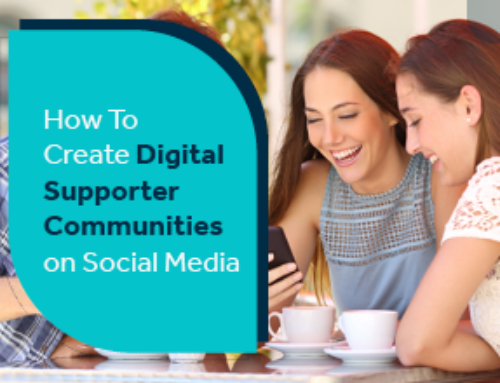
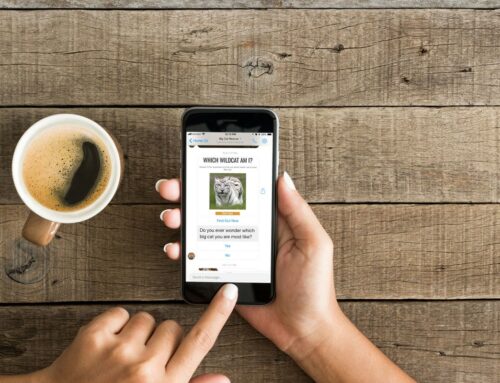
Great post – very informative. thank you!
Thanks Jason!
[…] Let’s talk about your nonprofit social media plan. getfullyfunded.co… […]
Where would you recommend finding a guideline for a Media Policy for a non-profit fully staffed by volunteers? I want to have a document with our Social Media guidelines & policies but don’t know where to start. Thanks!
I’d start by asking nonprofits who do similar work to yours and who are similar in size. You might find something good. It’s easy enough to find samples using Google, but have your attorney take a look before you use it.
Wonderful post! Thank you so much for guiding me through the social media question.
Nice post Sandy, plenty of useful information there, thanks for sharing.
We are so glad that you found this helpful!